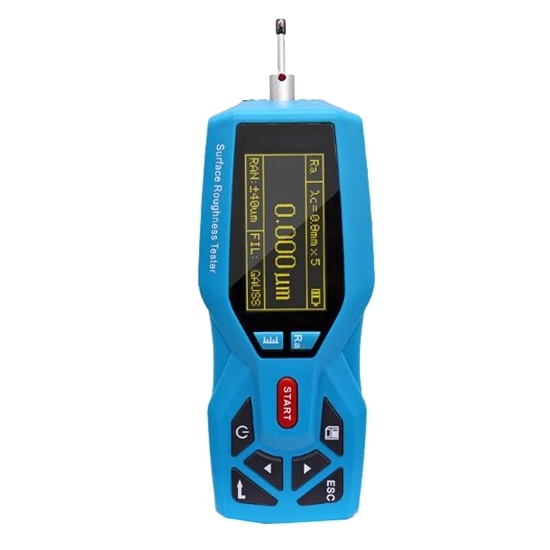
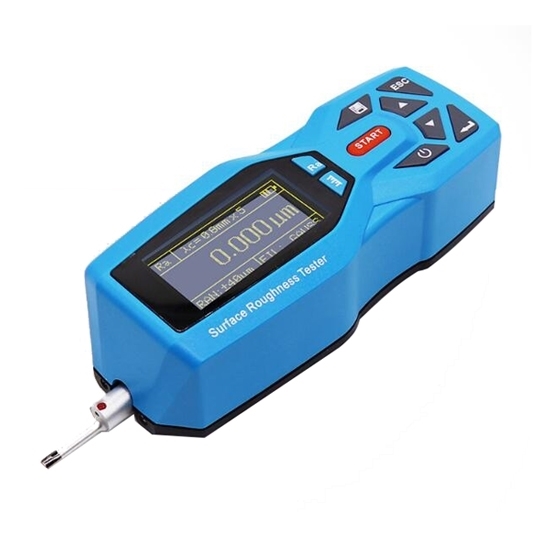
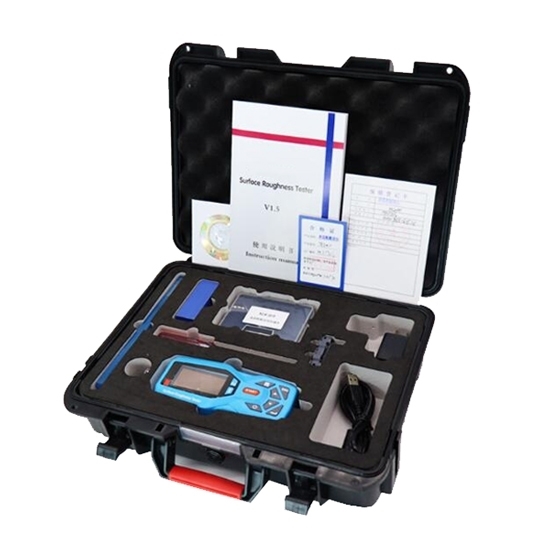
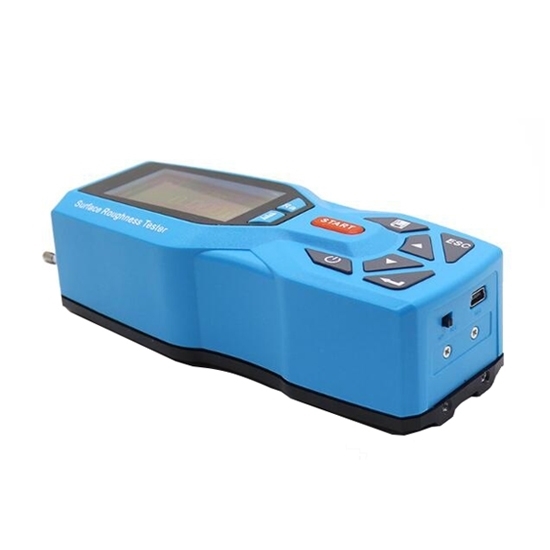
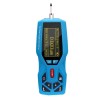
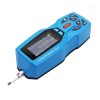
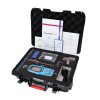
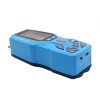
- Stock: In Stock
- Model: RDDLZ-SRT-8101
- Weight: 1.00
- SKU: RDDLZ-SRT-8101
Available Options
The surface finish tester is a machine for measuring the surface finish. The handheld surface roughness tester uses a DSP chip for control and data processing, with high speed, low power consumption and a large measuring range.
Specification
| Model | RDDLZ-SRT-8101 | |
| Measurement Range | Z-Axis (vertical) | 160μm |
| X-Axis (horizontal) | 17.5mm | |
| Resolution | Z-Axis (vertical) | 0.01 μ m/土20μ m |
| 0.02 μ m/土40μ m | ||
| 0.04 μm/士80μ m | ||
| Measurement Items | Parameters | Ra, Rq, Rz, Rt, Rp, RV, Rs, RSm, Rz (JIS),Ry (JIS), RSk, R3z, Rmax |
| Standard | ISO, ANSI, DIN, JIS | |
| Graphics | Support rate curve | |
| Filter Tubes | RC, PC-RC, Gauss, D-P | |
| Sampling Length | 0.25, 0.8, 2.5 mm | |
| Rating Length | Ln=lr x n, n=1~5 | |
| Sensors | Measurement Principle | Displacement differential inductance |
| Stylus | Natural diamond, 90 taper angle, 5μ m tip radius | |
| Measuring force | <4mN | |
| Guide Head | Carbide, 40mm radius in the direction of glide | |
| Sliding Speed | 1r=0.25, Vt=0.135mm/s | |
| 1r=0.8, Vt=0.5mm/s | ||
| 1r=2.5, Vt=1mm/s | ||
| Return, Vt= 1mm/s | ||
| Error of Indication | Not more than ±10% | |
| Value Variability | Not greater than 6% | |
| Power Supply | Built-in lithium-ion rechargeable battery, charged with DC5V, 800mA charger | |
| Dimension | 141x55x40mm | |
| Weight | 400g | |
| Operating Environment | Temperature: -20C-40C, Humidity: <90%RH | |
| Storage and Transport Environment | Temperature: -40C-60C, Humidity: <90%RH | |
Features
- The handheld surface roughness tester uses a DSP chip for control and data processing, with high speed, low power consumption and a large measuring range.
- The surface roughness tester can work continuously for more than 20 hours.
- The surface roughness tester can store up to 100 sets of raw data and waveforms.
- Real time clock setting and display for easy data recording and storage.
- Power saving functions such as auto-sleep and auto-shutdown.
- Built-in lithium-ion rechargeable battery and control circuit, high capacity, no memory effect.
- The portable surface finish tester can print any parameter set by the user.
Dimension (Unit: mm)
Details
Applications
Surface roughness testers are commonly used in a variety of industries to measure the roughness of surfaces. RDDLZ portable surface roughness tester has applications in the manufacturing, automotive, aerospace and medical industries, among others.
Tips: How to measure surface roughness?
Surface roughness can be measured using different techniques and instruments, depending on the level of precision and accuracy required. Here are some common methods:
- Contact methods: In this method, a stylus or probe is brought into contact with the surface, and the profile of the surface is measured. The most common instruments used for this method are profilometers and stylus-based instruments. These methods are suitable for measuring the roughness of machined surfaces, but they can damage delicate or soft surfaces.
- Non-contact methods: In this method, light or laser is used to scan the surface, and the surface profile is measured based on the reflection or diffraction of the light. Common instruments used for this method include interferometers and confocal microscopes. These methods are suitable for measuring the roughness of delicate or soft surfaces.
- Optical methods: In this method, the surface is imaged, and the roughness is measured based on the texture or contrast of the image. Common instruments used for this method include optical profilers and scanning electron microscopes.
- Acoustic methods: In this method, sound waves are used to measure surface roughness based on the reflection or scattering of the waves. This method is suitable for measuring the roughness of irregular or complex surfaces.
The choice of method depends on the surface material, surface condition, and the required level of accuracy and precision. It is important to choose the appropriate method and instrument to obtain reliable and accurate results.
